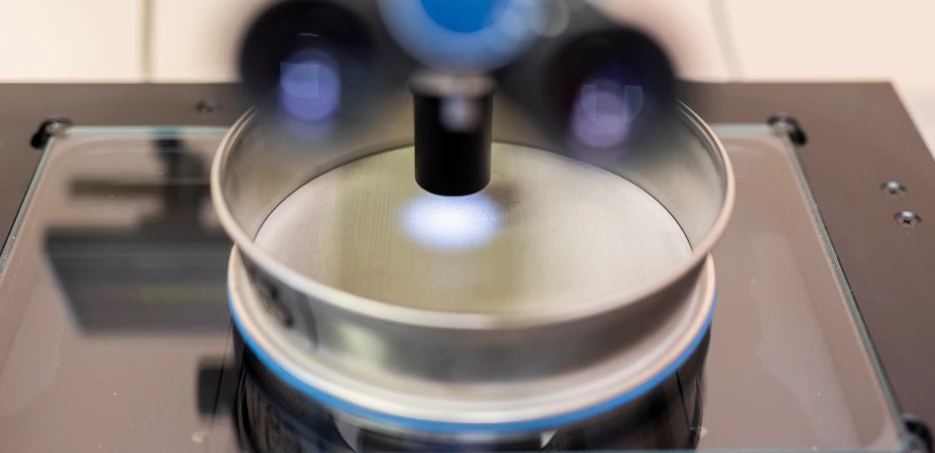
Tarplaboratorinių palyginimų organizavimas
Internationally acclaimed and accredited metrology services since 1919
Get tools calibrated nowThe results obtained by calibration are traceable to the International System of Units (SI) using unit standards and fundamental physical constants stored by national metrology institutes.
Temperatūra
Slėgis
Skysčiai ir dujos
Masė
Laikas ir dažnis
Jonizuojanti spinduliuotė
Judesio parametrai
Jėga
Geometriniai dydžiai
Fizikiniai ir cheminiai parametrai
Elektra
Akustika ir vibracija


